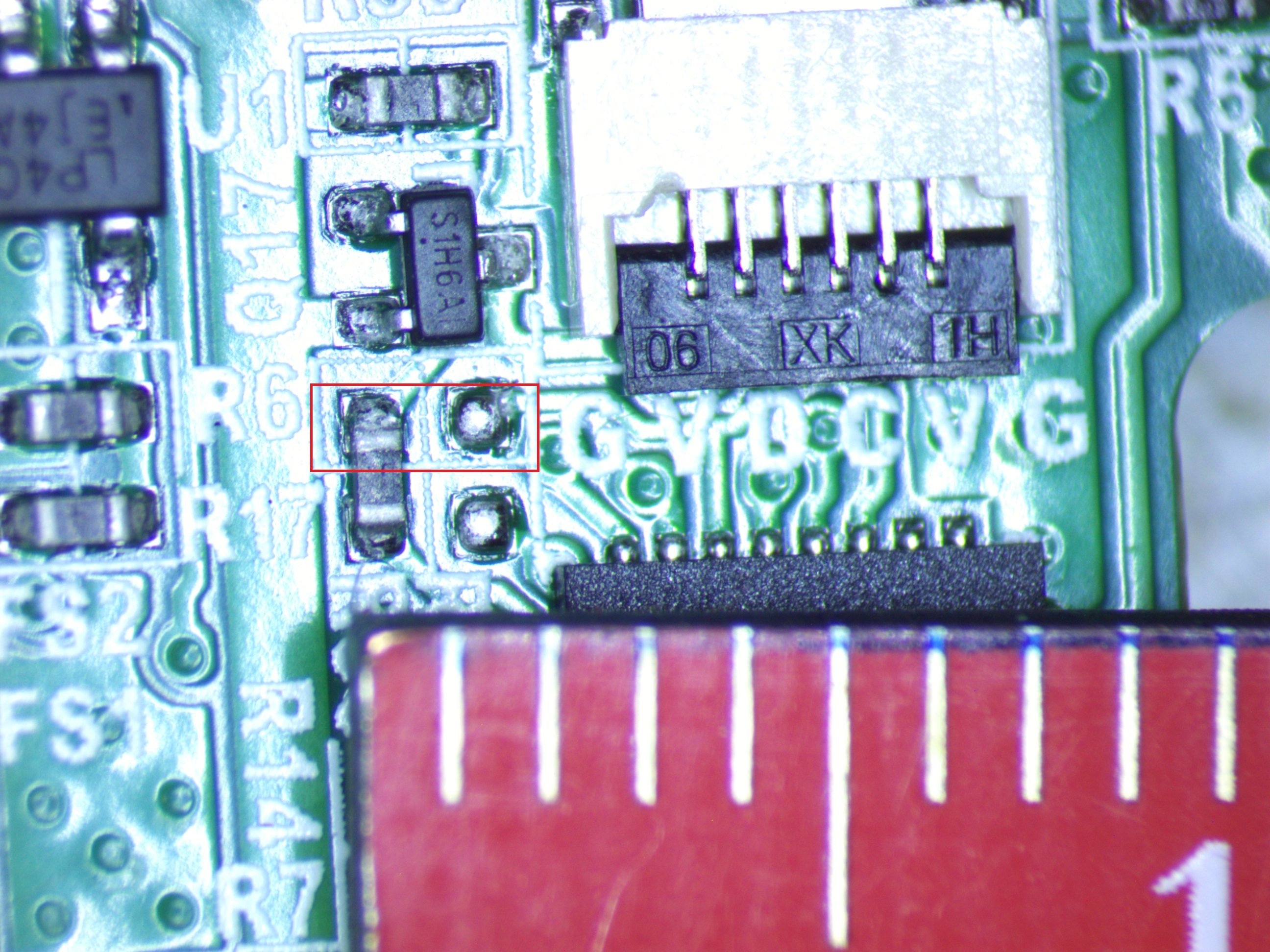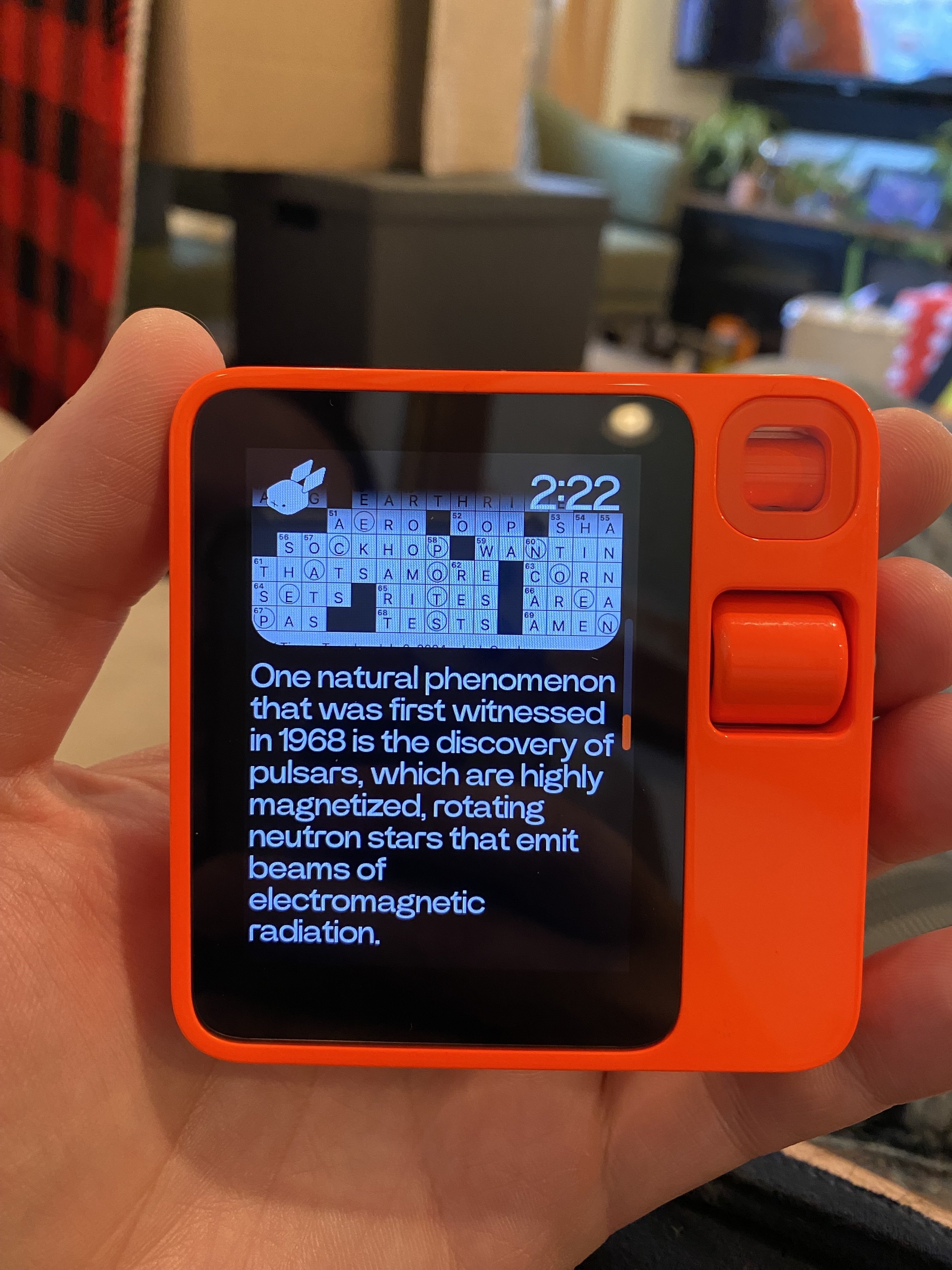
ch00f
Don't let this guy watch Kangaroo Jack.
Freeline skates
Looks great! It looks like you might have watched my video :)
But it takes more energy to split than you get out of it.
Doesn’t splitting helium into hydrogen absorb energy?
Fusion bombs fuse hydrogen into helium.
Yeah, probably the most undersold feature of EVs. Even the pro EV ads show people "conveniently" charging at grocery stores. If you have a way to charge at home, you're golden. I never really think about fuel unless I plan on driving 200+ miles in a day which involves a lot of other planning anyway.
Got it. I ask because I have a Tesla and my experience is pretty typical for any EV. I have a hardwired Tesla EVSE, but it just as easily could be a J1772 unit for use with other brand vehicles.
As far as anecdotes, if you have L2 charging available in a dedicated parking space (so you can be sure to plug in every night), it’s a no-brainer.
Imagine basically never having to worry about getting gas or fluctuating gas prices. You wake up every day with a full tank, and all you have to do is spend 5 seconds plugging in every night.
Why are you specifically asking for non-Tesla EV? I think the main differentiator in experience between Tesla and non-Tesla is with level 3 charging.
At level 2, a $100 adapter turns a Tesla into any other EV.
Nuts. Never seen H2SO4 used for drains. They don't call it "oil of vitriol" for nothing. You can actually test a distillation of pure sulfuric because a drop will burn through a paper towel in seconds.
How do they know it was a whole person?
Drain cleaner is NaOH (lye).
Sulfuric is sold as battery acid for refilling lead acid batteries.
Muriatic is HCl sold as concrete cleaner.
Nitric is hard to buy, but there are some guides on making it.



